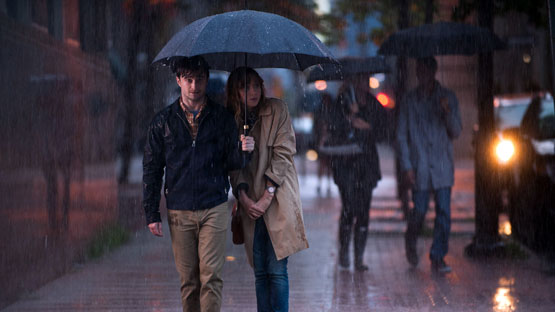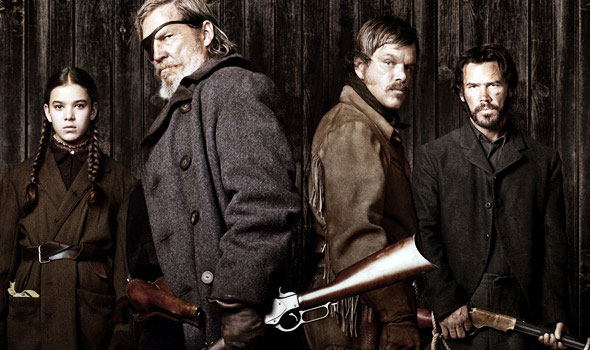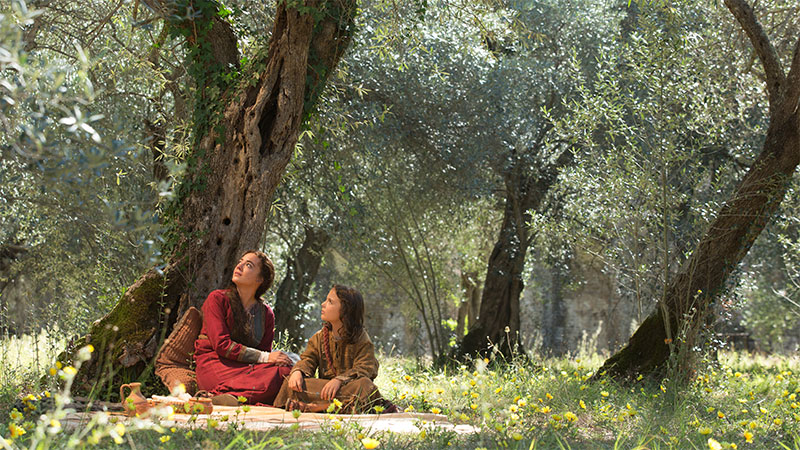Screenwriting is an extensive field encompassing everything from cinema to television and even new media like web series and video games. The craft of screenwriting is about telling compelling stories through a visual medium, enabling audiences to experience a narrative through sight and sound. This comprehensive guide to the art and craft of screenwriting offers insights into writing effective screenplays.
Screenwriting is a form of storytelling that captures narratives in the format of a script. At its core is the screenplay, which serves as the blueprint for the film or TV show. Unlike a novel, a screenplay doesn’t delve into a character’s inner thoughts but concentrates on external conflicts and actions. The role of the screenwriter is to distill the story into visual and auditory aspects that convey a compelling narrative when filmed.
Understanding the unique structure of a screenplay is the first step in mastering the art of screenwriting. The traditional three-act structure, comprising setup, confrontation, and resolution, is widely used in screenplays. These acts are further divided into sequences and scenes, which form the building blocks of a screenplay. The precise formatting of a screenplay, with its unique structure of scenes, slug lines, transitions, and dialogue, is another distinctive aspect of screenwriting.
While structure and formatting are critical, the lifeline of a screenplay is its characters. Character development is a vital part of screenwriting art, with characters driving the screenplay forward with their desires, conflicts, and transformations. A well-crafted character, with clear objectives and conflicts, can make audiences connect with the story on an emotional level.
Dialogue, in screenwriting, is used sparingly and effectively. Unlike plays, movies don’t rely heavily on dialogue; more emphasis is given to visual storytelling. The dialogue should serve the purpose of either revealing character traits or advancing the plot. Overly expositional dialogue could make the screenplay seem clunky and unnatural.
The essence of screenwriting lies in the art of visual storytelling. The screenwriter must transform everything – emotions, backstory, conflict, and resolution into visual elements. This visual translation of narrative makes screenwriting distinct from other forms of writing. It encourages the screenwriter to show the story rather than tell it, using cinematic techniques like montages, visual metaphors, and symbolic imagery.
Another distinctive feature of screenwriting is pacing. The rhythm of the story in a screenplay should keep the audiences engaged. Knowing where to place dramatic high-points and where to slow down is key to maintaining the suspense and the audience’s interest in the story. A screenplay should never drag or rush; instead, it should flow smoothly, carrying the audience along.
Pitching and marketing your screenplay are also part of the craft of screenwriting. This includes writing a logline – a one or two sentence summary of your screenplay, a synopsis, and a treatment. These materials are critical when pitching your screenplay to producers or agents. It’s these components that can effectively communicate your story and its potential to captivate audiences.
Building a portfolio and networking are also critical aspects of a screenwriter’s journey. By participating in writers’ rooms, screenwriting workshops, and competitions, screenwriters can get feedback, improve their craft, and even catch the eye of potential agents or producers.
Mastering the art and craft of screenwriting involves continuously honing your skills, embracing critical feedback, and nurturing a passion for storytelling. Each screenplay is a labor of love, a blend of creativity, technique, and perseverance. Like any art form, perfection in screenwriting is an ongoing journey – a pursuit that begins with understanding the basics and evolves with each story it brings to life.




